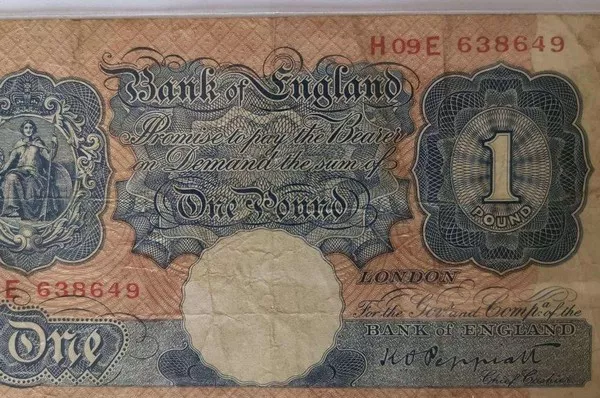The strength of a nation’s currency is a crucial indicator of its economic stability and global standing. For the United Kingdom, the Pound Sterling has been a symbol of financial prowess and resilience. Over the years, the pound has experienced fluctuations, responding to various economic, political, and global factors. In this article, we delve into the historical context to identify the year when the Pound Sterling was at its strongest.
Understanding Currency Strength:
Before we embark on our historical journey, it is essential to grasp the concept of currency strength. A currency’s value is influenced by a myriad of factors, including inflation rates, interest rates, economic performance, and geopolitical stability. When a currency is deemed strong, it can buy more goods and services, making it a favorable option for investors and traders alike.
The Gold Standard Era:
To determine the historical strength of the Pound Sterling, we must first cast our gaze back to the era of the gold standard. From the mid-19th century until the early 20th century, many nations, including the United Kingdom, adhered to the gold standard, pegging their currencies to a specific amount of gold. During this time, the pound’s value was intrinsically linked to the amount of gold held by the Bank of England.
The height of the Pound Sterling’s strength under the gold standard can be traced to the late 19th century. By the 1880s, the British Empire was at its zenith, and London had established itself as the world’s financial capital. The stability of the gold standard, combined with the economic power of the British Empire, contributed to the pound’s strength during this period.
Post-World War II Recovery:
The aftermath of World War II marked a significant shift in the global economic landscape. While the war had ravaged many European nations, the United Kingdom, though weakened, managed to rebuild its economy. The pound, however, faced challenges as the Bretton Woods Agreement of 1944 replaced the gold standard with a system where major currencies were pegged to the U.S. dollar.
Despite these changes, the Pound Sterling experienced a period of relative strength during the post-war recovery. The Marshall Plan, an American initiative to aid the reconstruction of war-torn Europe, provided essential financial assistance to the UK. This aid, combined with effective economic policies, contributed to the pound’s stability and strength in the late 1940s and early 1950s.
The Thatcher Years:
The 1980s witnessed another chapter in the Pound Sterling’s history, marked by the economic policies of Prime Minister Margaret Thatcher. Thatcher’s government implemented bold reforms, emphasizing free-market principles, privatization, and deregulation. While these policies sparked controversy and social unrest, they also had a notable impact on the strength of the pound.
During the early 1980s, the Pound Sterling experienced a period of strength, partly due to the implementation of these market-oriented reforms. The government’s commitment to controlling inflation and restoring fiscal discipline contributed to the pound’s resilience. However, it is essential to note that this strength was not sustained throughout the entire decade, as economic challenges persisted.
The ERM Crisis:
One of the most turbulent periods in the Pound Sterling’s recent history occurred in the early 1990s with the Exchange Rate Mechanism (ERM) crisis. The ERM was designed to maintain currency stability among European Union member states, but speculative pressures and economic disparities led to its eventual collapse.
In 1992, under Prime Minister John Major’s government, the Pound Sterling faced a severe crisis as it was forced to withdraw from the ERM. The pound experienced a sharp devaluation, and interest rates surged to combat inflation. This crisis marked a low point for the pound’s strength in the modern era.
The Contemporary Landscape:
In the years following the ERM crisis, the Pound Sterling underwent further fluctuations, responding to events such as the global financial crisis of 2008 and the uncertainties surrounding Brexit. The decision to leave the European Union in 2016 led to a period of volatility for the pound, with significant fluctuations in its value against other major currencies.
As of the knowledge cutoff in 2022, the Pound Sterling’s strength remains subject to ongoing economic, political, and global developments. The impact of the COVID-19 pandemic, continued Brexit negotiations, and broader economic trends will shape the currency’s trajectory in the years to come.
See also Is UK money backed by gold? A Closer Look
Conclusion:
Determining the single year when the Pound Sterling was at its absolute strongest is a complex task, given the multitude of historical, economic, and geopolitical factors at play. The late 19th century under the gold standard, the post-World War II recovery, the Thatcher years, and the ERM crisis each represent distinct chapters in the pound’s complex journey.
The Pound Sterling’s strength is a reflection of the United Kingdom’s economic resilience, global influence, and adaptability to changing circumstances. As we navigate the contemporary landscape, the historical ebbs and flows provide valuable insights into the currency’s trajectory and its enduring significance on the global stage.


